The Crucial Role of Monitoring Systems in Downhole Drilling
Downhole drilling represents a pivotal phase where precision, safety, and efficiency are paramount. To navigate the complexities of drilling thousands of feet below the Earth’s surface, monitoring systems have emerged as indispensable tools in downhole drilling. These systems provide real-time data on downhole conditions, equipment performance, and drilling parameters, empowering operators to make informed decisions and optimize drilling operations.
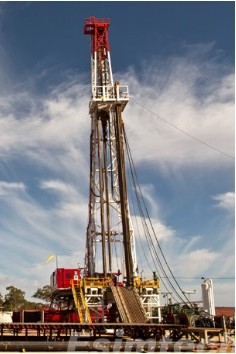
Understanding Downhole Drilling
This chart provides a succinct overview of the fundamental aspects of understanding downhole drilling
| Aspect | Description |
| Definition | The process of drilling boreholes into the Earth’s subsurface for various purposes, including oil and gas extraction, geothermal energy production, and mineral exploration. |
| Equipment | Specialized tools and machinery used for drilling, including drill rigs, drill bits, drilling mud, casing, and downhole instruments. |
| Objectives | Accessing underground resources such as oil, gas, water, or geothermal energy reservoirs; evaluating geological formations; and constructing wells for extraction. |
| Key Parameters | Pressure, temperature, rock formations, drilling fluid properties, wellbore stability, and equipment performance are monitored and managed during drilling. |
| Challenges | High temperatures and pressures, complex geological formations, wellbore instability, equipment failures, and environmental concerns are common challenges. |
| Safety Measures | Well control procedures, blowout preventers, safety training, personal protective equipment (PPE), and emergency response plans are essential for safety. |
| Environmental Impact | Drilling activities can impact the environment through habitat disturbance, water contamination, greenhouse gas emissions, and landscape alterations. |
| Importance | Downhole drilling is crucial for accessing underground resources essential for energy production, water supply, mineral extraction, and scientific research. |
The Importance of Monitoring Systems in Downhole Drilling
1. Real-Time Data Acquisition
Monitoring systems continuously gather data on downhole conditions, drilling parameters, and equipment performance in real-time. This data includes information on factors such as pressure, temperature, fluid properties, and tool vibrations. By having access to this real-time data, operators can make informed decisions and adjust drilling parameters promptly to optimize performance and mitigate risks.
2. Early Detection of Issues
Monitoring systems enable early detection of potential issues or anomalies during drilling operations. By monitoring key parameters, such as pressure fluctuations, temperature changes, or unusual vibrations, these systems can alert operators to emerging problems before they escalate into more significant issues. Early detection allows operators to take corrective action promptly, minimizing downtime and preventing costly equipment failures or safety incidents.
3. Safety Enhancement
Safety is paramount in downhole drilling operations, where personnel and equipment are subjected to extreme conditions and potential hazards. Monitoring systems contribute to safety by providing insights into downhole conditions and potential risks, such as high-pressure zones, gas influxes, or wellbore instability. Operators can use this information to implement safety measures, adjusting downhole drilling practices, and protect personnel and equipment from harm.
4. Optimized Drilling Performance
With access to real-time data and insights from monitoring systems, operators can optimize drilling performance to maximize efficiency and productivity. By adjusting drilling parameters, such as weight on bit, drilling fluid properties, or rotary speed, operators can achieve optimal drilling rates while minimizing energy consumption and equipment wear. This leads to higher drilling efficiency, reduced costs, and improved overall wellbore quality.
5. Data Logging and Analysis
Monitoring systems facilitate data logging and analysis, allowing operators to record and analyze historical drilling data. This data can be used to identify trends, patterns, and opportunities for improvement in drilling operations. By analyzing historical data, operators can optimize drilling practices, identify areas for efficiency gains, and make informed decisions for future drilling projects.
6. Remote Monitoring and Control
Advanced monitoring systems offer remote monitoring and control capabilities, allowing operators to oversee drilling operations from remote locations. This capability is particularly valuable for offshore or remote drilling sites, where access may be limited or challenging. Remote monitoring enables operators to monitor downhole conditions, adjust drilling parameters, and make real-time decisions to optimize performance and ensure safety.
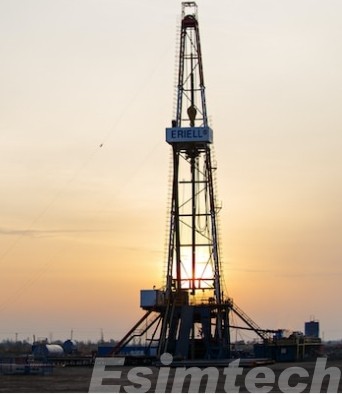
Emerging Technologies and Innovations in Monitoring Systems for Downhole Drilling
1. Advanced Sensors
There is a continuous development of more robust and accurate sensors capable of withstanding high-pressure and high-temperature environments encountered in downhole drilling. These sensors provide real-time data on parameters such as pressure, temperature, flow rates, and tool condition, enabling more precise monitoring and control of drilling operations.
2. Fiber Optic Sensing
Fiber optic sensing technology is gaining traction in downhole drilling applications. Distributed temperature sensing (DTS) and distributed acoustic sensing (DAS) systems use fiber optic cables installed along the length of the wellbore to provide continuous monitoring of temperature and acoustic signals. This technology offers high resolution, reliability, and the ability to detect small changes in downhole conditions.
3. Wireless Telemetry
Wireless telemetry systems are being developed to transmit data from downhole sensors to surface monitoring equipment without the need for physical cables. These systems use wireless communication technologies such as radio frequency (RF), acoustic telemetry, or electromagnetic induction to transmit data in real-time, enabling more flexible and cost-effective monitoring solutions.
4. Data Analytics and Machine Learning
The integration of data analytics and machine learning techniques is revolutionizing the way data from downhole sensors is analyzed and interpreted. Advanced algorithms can process large volumes of data to identify patterns, predict future trends, and optimize drilling parameters in real-time. This enables operators to make data-driven decisions, improve drilling efficiency, and reduce downtime.
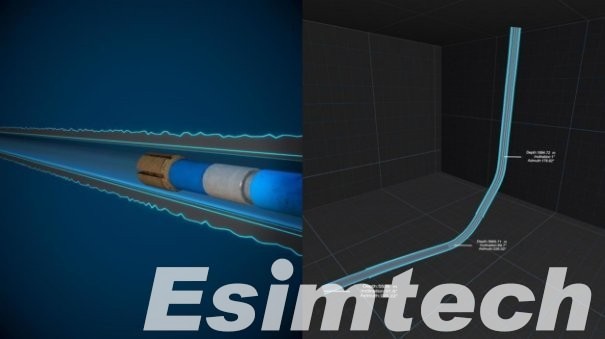
5. Drilling Automation
Automation technologies are being applied to drilling operations to enhance efficiency and safety. Automated drilling systems use downhole sensors and control algorithms to adjust drilling parameters dynamically, such as weight on bit, rotary speed, and directional drilling, based on real-time data feedback. This minimizes human intervention, reduces the risk of human error, and improves drilling performance.
6. Digital Twin Technology
Digital twin technology involves creating a virtual replica or model of the downhole drilling system, including sensors, equipment, and geological formations. This digital twin enables operators to simulate different drilling scenarios, predict performance outcomes, and optimize drilling parameters before implementing them in the actual wellbore. Digital twin technology enhances decision-making, reduces risks, and improves operational efficiency.
7. Integration with Cloud Computing
Cloud computing platforms are being utilized to store, process, and analyze large volumes of data generated by downhole monitoring systems. Cloud-based solutions offer scalability, accessibility, and data security, allowing operators to access real-time drilling data from anywhere and collaborate with experts remotely. This facilitates faster decision-making, improves data management, and enhances operational efficiency.
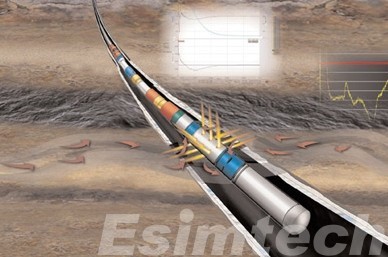
How Simulation Technology is Used in Enhancing Monitoring Systems for Downhole Drilling
1. Virtual Testing and Prototyping
Simulation software allows engineers to create virtual models of downhole drilling environments and monitoring systems. These virtual models can simulate various downhole drilling scenarios, such as different formations, temperatures, pressures, and drilling parameters. Engineers can test the performance of monitoring systems under different conditions, identify potential issues, and refine system designs before deploying them in actual drilling operations. This virtual testing process accelerates development cycles, reduces costs, and mitigates risks associated with deploying unproven technologies in the field.

2. Training and Education
Simulation technology provides a realistic training environment for operators and technicians involved in operating and maintaining monitoring systems. Trainees can interact with simulated drilling rigs, downhole environments, and monitoring interfaces, gaining hands-on experience without the need for expensive equipment or risking safety hazards. Simulation-based training enhances knowledge retention, improves competency, and ensures readiness for real-world drilling scenarios.
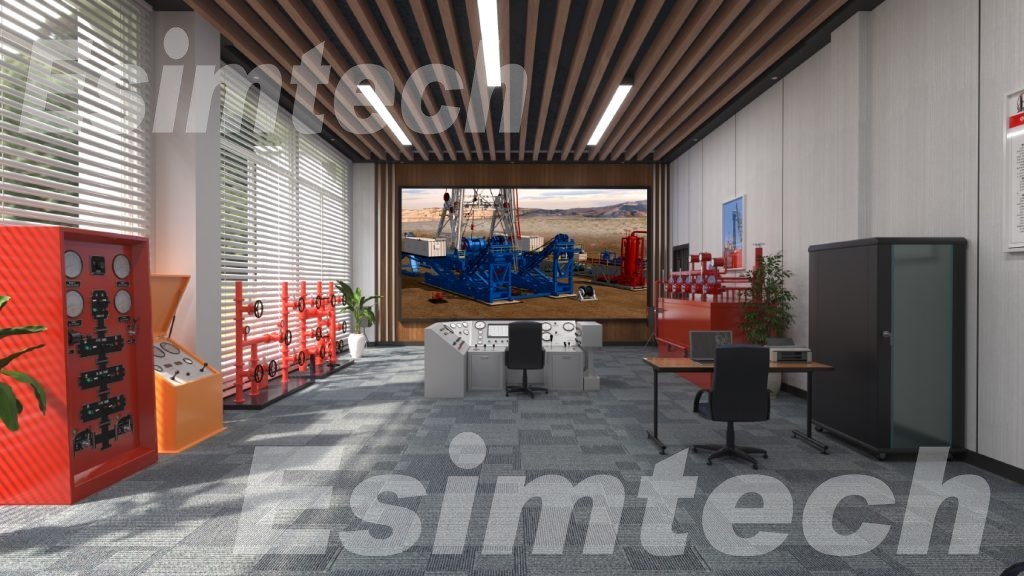
3. Optimization and Decision Support
Simulation models can be used to optimize monitoring system configurations and decision-making algorithms. By simulating different drilling conditions and scenarios, engineers can identify the most effective monitoring strategies, refine sensor placement, and fine-tune control algorithms to maximize system performance. These optimized monitoring systems enable operators to make data-driven decisions, improve drilling efficiency, and mitigate risks in real-time.
4. Predictive Maintenance and Reliability Analysis
Simulation technology enables predictive maintenance and reliability analysis of monitoring systems. Engineers can simulate wear and tear on equipment components, monitor system performance degradation, and predict failure modes based on historical data. By analyzing simulation results, engineers can anticipate maintenance needs, schedule downtime proactively, and optimize maintenance schedules to minimize operational disruptions. This proactive approach to maintenance improves system reliability, extends equipment lifespan, and reduces overall maintenance costs.
5. Integration and Compatibility Testing
Simulation models can be used to test the integration and compatibility of monitoring systems with other drilling equipment and software platforms. Engineers can simulate data exchange between monitoring sensors, control systems, and data visualization software, ensuring seamless communication and interoperability. This integration testing process reduces the risk of compatibility issues, streamlines deployment, and enhances system reliability in the field.
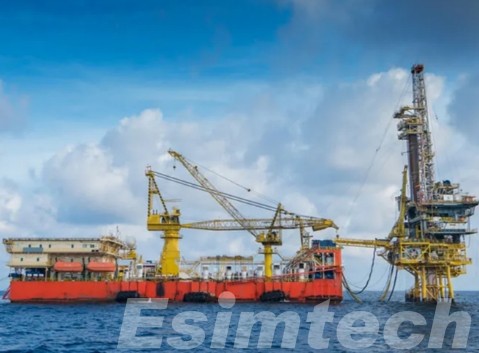
Conclusion
Monitoring systems are essential for ensuring the success, safety, and efficiency of downhole drilling operations in the oil and gas industry. By leveraging simulation technology, engineers can accelerate development cycles, improve system performance, enhance operator training, and ensure the reliability of monitoring solutions deployed in the oil an gas field. As technologies continue to evolve, these innovations are transforming monitoring systems for downhole drilling, enabling operators to optimize drilling performance and reduce costs in oil and gas exploration and production operations.
